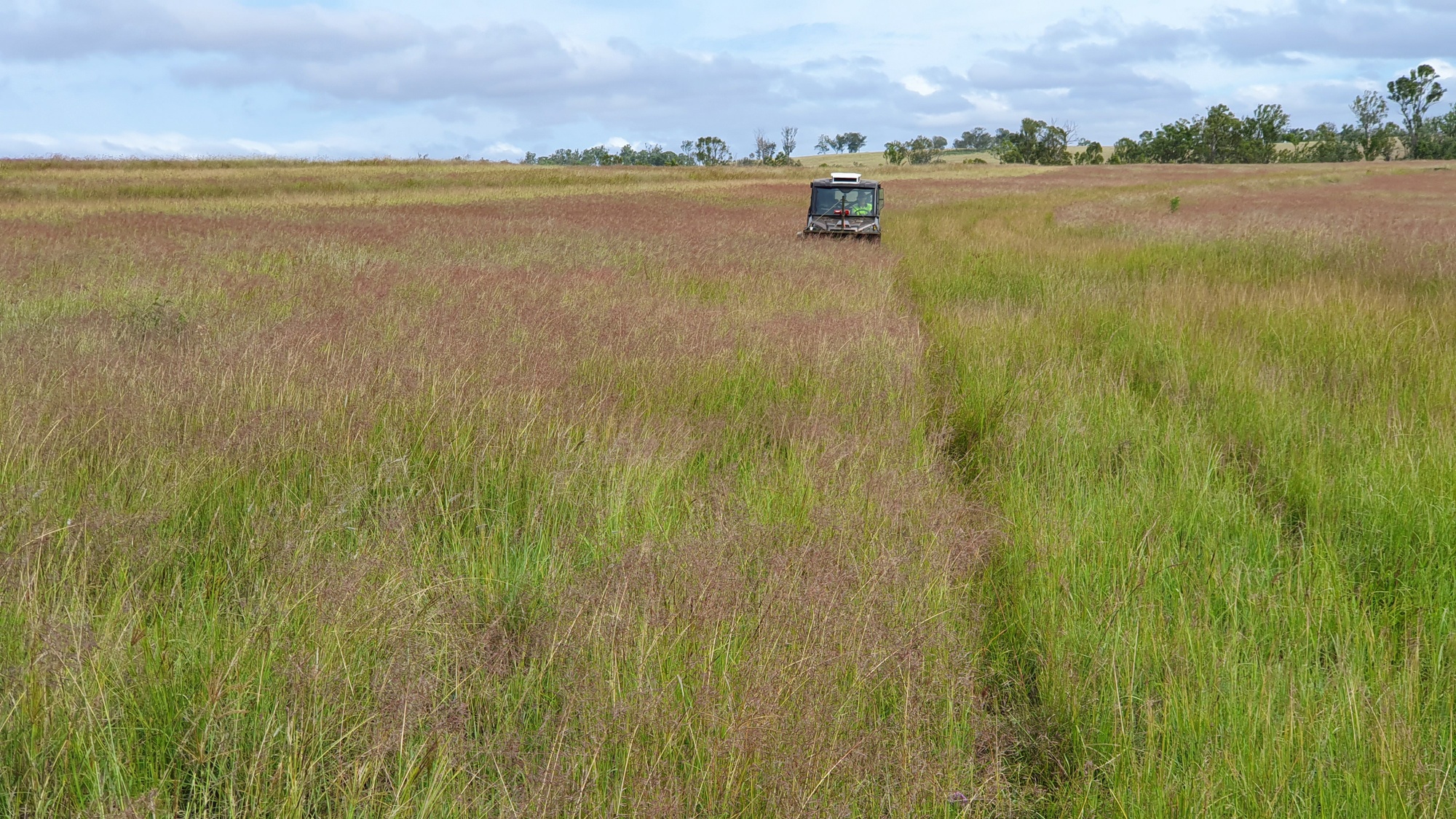Plant Profiles
Plant Categories
Subshrub
Trailing herb
Annual
Annual or Short-Lived Perrenial
Prostrate Shrub
Graminoid
Vine
Forb
Nitrogen Fixer
Grass
Tree
Shrub
Sedge
Wattle
Show All
14Genera
Acacia
Allocasuarina
Alphitonia
Alstonia
Angophora
Archidendropsis
Aristida
Arundinella
Astrebla
Atalaya
Atriplex
Austrosteenisia
Austrostipa
Banksia
Baumea
Bolboschoenus
Boronia
Bothriochloa
Brachychiton
Breynia
Callitris
Calotis
Capillipedium
Carissa
Cassia
Cassine
Cassinia
Casuarina
Chloris
Chrysocephalum
Chrysopogon
Clerodendrum
Corymbia
Crotalaria
Cymbopogon
Daviesia
Denhamia
Derris
Dichanthium
Dodonaea
Einadia
Enchylaena
Enteropogon
Eragrostis
Eremophila
Eriochloa
Erythrina
Erythroxylum
Eucalyptus
Eustrephus
Fimbristylis
Flindersia
Gahnia
Geijera
Grewia
Hardenbergia
Heteropogon
Hovea
Imperata
Indigofera
Jacksonia
Jasminum
Juncus
Kennedia
Lepidosperma
Lomandra
Lophostemon
Ludwigia
Lysiphyllum
Maireana
Melaleuca
Melia
Myoporum
Notelaea
Owenia
Pandorea
Panicum
Parsonsia
Paspalidium
Petalostigma
Petalostylis
Pittosporum
Podolobium
Pomax
Psydrax
Pterocaulon
Ptilotus
Pultenaea
Rhagodia
Rhodosphaera
Rhynchosia
Sarga
Schoenoplectiella
Schoenoplectus
Senna
Sida
Solanum
Sporobolus
Swainsona
Syncarpia
Themeda
Trema
Vachellia
Ventilago
Vittadinia
Show All
105Dichanthium sericeum
| Categories | Grass |
| Common Name(s) | Queensland Bluegrass |
| Family | Poaceae |
Description
Tufted perennial with erect habit; to 120cm however can be much shorter where fertility has run down.
Notes
Dichanthium sericeum is well known on fertile, black, self-mulching clay loams however we encounter it on a range of heavy soils of moderate fertility where like many native grasses it is facing increasing competition from exotic grasses. Nonetheless it has proved persistent and we attribute much of this to its ability to produce very large quantities of highly viable seed. Heavy grazing can reduce or eliminate some exotic pastures, possibly moreso where soil phosphorous is below optimal. This creates opportunity for D. sericeum to once again dominate the pasture ecology. Providing seed has been allowed to ripen and fall to ground in Summer or Autum, a Queensland Bluegrass pasture will regenerate very efficiently after rainfall.
Queensland Bluegrass may be cut for hay.
"Considered to be a good fodder grass" (Stanley and Ross, 1989).
Infraspecific taxa are recognised within Dicanthium sericeum, namely subsp. sericeum, subsp. humilius, subsp. polystachyum. The latter two are described as annuals.
Historical Notes
Distribution
Dicanthium sericeum is found in all Australian states.
References and Related Links
Stanley,T.D, and Ross, E.M. (1989). Flora of South Eastern Queensland, Volume 3. 112 Dicanthium. Pages 257-8. http://ausgrass2.myspecies.info/content/dichanthium-sericeum https://keys.lucidcentral.org/keys/v3/pastures/Html/Queensland_Bluegrass.htm
